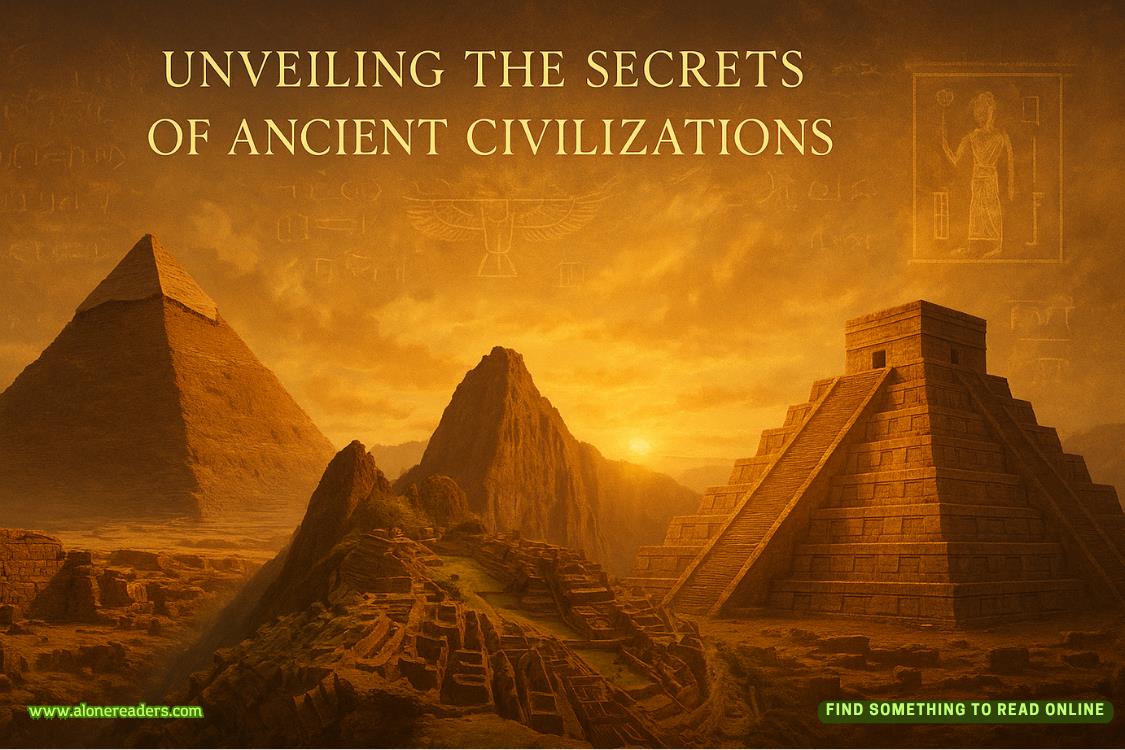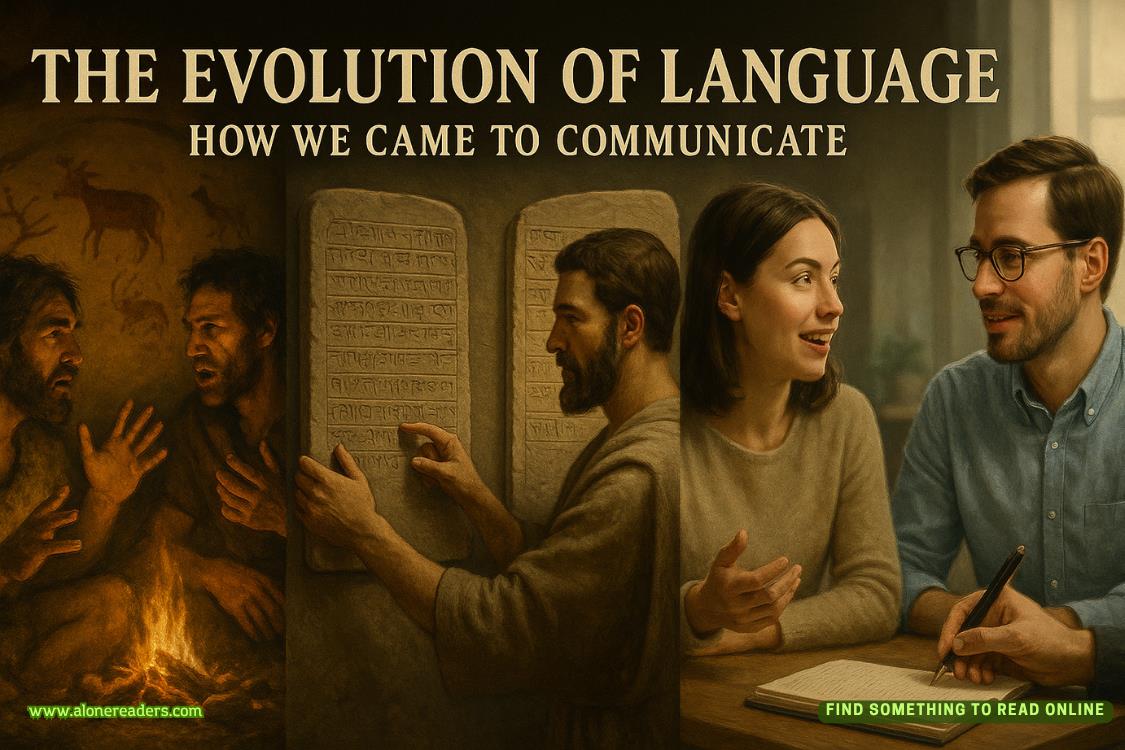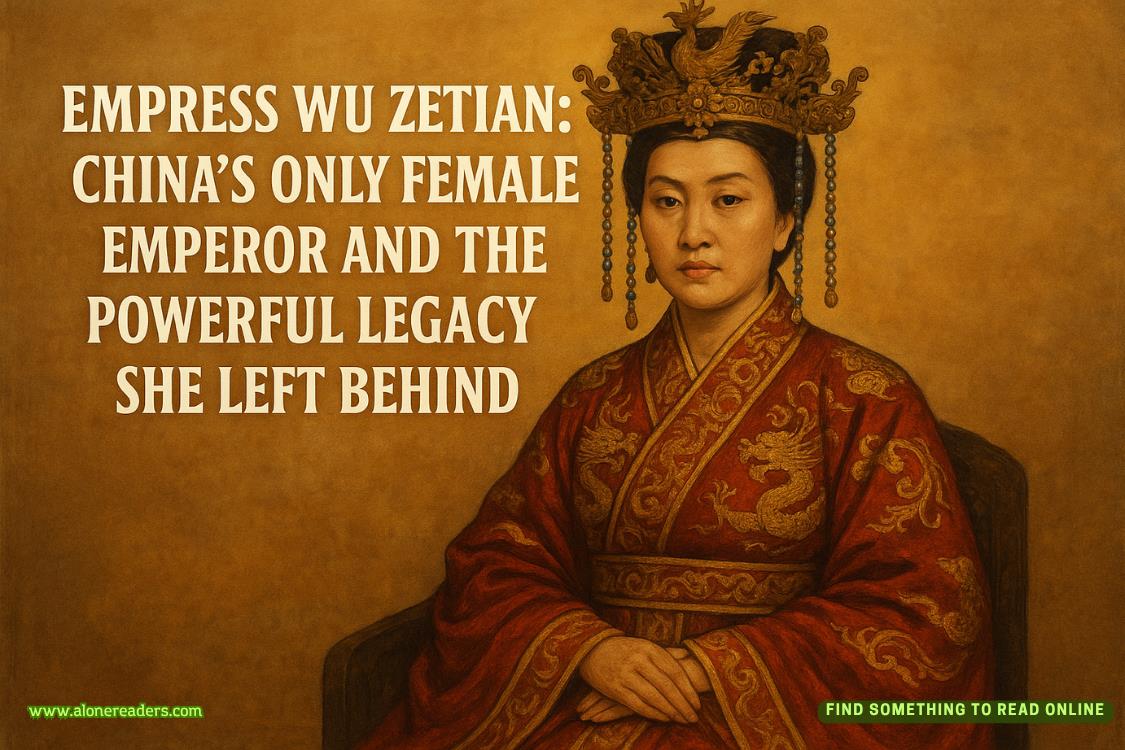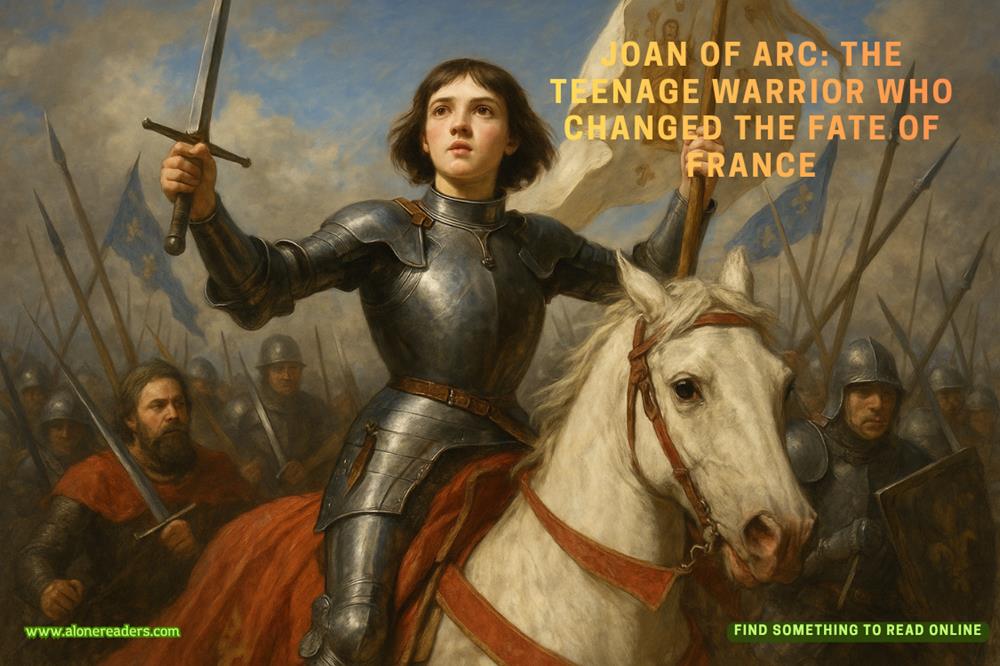Page 151 of Nobody's Fool
Instead, I see Raymond.
Many hours later, I stand in front of the Tranquil Pines hospice center.
I enter. A man behind Plexiglas is playing with his phone. He is surprised to see a visitor at this hour. He puts down the phone and sits up.
“We’re closed,” the man says.
I lean in closer. “Which room is Mrs. Grayson’s? I’m here to see her son Tad.”
There is a voice from down the corridor. “What do you want?”
I turn and I see Tad Grayson standing fifteen feet away. His eyes are red. His face is gaunt.
“She just died,” he says to me. “My mom. At least, she got to see me set free. She can rest in peace.”
I say nothing.
“Why are you here, Kierce?”
“I wanted to talk to you.”
Tad Grayson shakes his head. “Now?”
I say nothing.
“I don’t want to talk to you,” he says. “My mother just died.”
“Okay,” I say.
“I’m done, Kierce.”
I wait.
“I don’t care if you believe me anymore. I’m done.”
I say nothing.
“I tried to show you the truth. I was framed. And then Powell, I mean, why would I ever be stupid enough to hire him of all people? I just got out of prison, what, a few days before—and I’m crazy enough to call on my own cellmate? So that’s it. I’m done. I don’t care if you don’t believe me anymore. Who are you to me anyway? You can’t see what’s so plainly obvious.”
“What’s so plainly obvious, Tad?”
“It’s the real killer who’s behind this.”
“I know that,” I say.
That surprises him. “You do?”
“That’s why I’m here. I know who did it. And we have the proof.”
I hold out the video still for him to see. He hesitates, but eventually he snatches the photograph from my hand. I let him examine it.
Then I say, “That’s you, right?”
It took Debbie and me an hour to find Raymond. He was staying in a shelter at the Armory in Washington Heights. As he’d promised, Raymond had indeed decided to “fly solo” like an airplane-carrying witch. That meant following Tad Grayson everywhere and videotaping him as often as possible. Raymond had captured Grayson climbingout of his mother’s hospice room window. He had been there when Grayson ducked down an alley to put on the ski mask and black sweatshirt. He had even followed Grayson to a Staten Island landfill, where he dumped the ski mask and clothes after he shot Victoria and me.
When I asked Raymond why he hadn’t shown all this to me, he simply shrugged and said, “You didn’t ask.”
“It was a nice move,” I say now to Tad Grayson. “Hiring Powell—making it so obvious it was you that anyone reasonable would think itcan’tbe you.”















